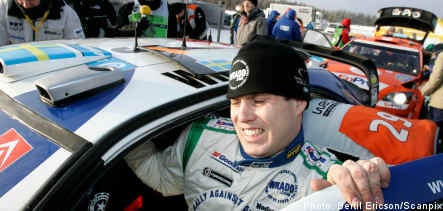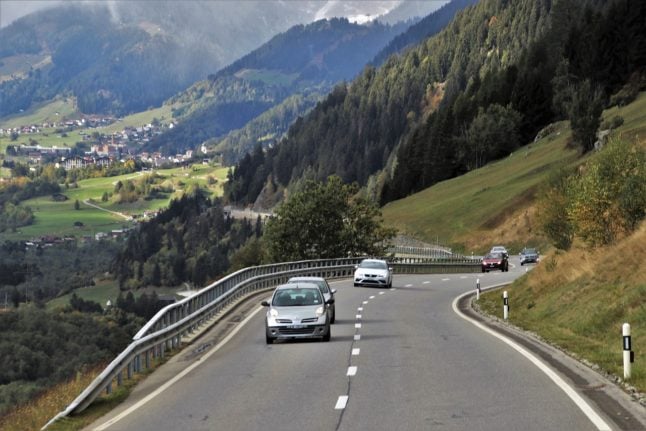According to the Värmlands Folkblad newspaper, Carlsson attempted to flee from his vehicle on foot when police stopped the 31-year-old rally driver at a routine sobriety checkpoint in Kil, north of Karlstad in west central Sweden.
“We couldn’t get a blood alcohol reading. We took two urine tests and a blood test because the person left the car and walked for a short while. They looked for him for about 20 minutes,” said Morgan Connedal of the Karlstad police to the newspaper.
On his website, Carlsson apologizes unreservedly. He writes as well that he will quit his work with the traffic safety project immediately.
“I did something which is dangerous, unforgiveable and which goes against my own convictions. I drove drunk,” writes Carlsson.
He explains that he “way too early in the morning” got behind the wheel after having consumed alcohol. It is something he has never done before.
“One time is one time too many and I’m going to accept the consequences of my actions, there’s no defence for what I did.”
He also tries to explain his flight from police after being stopped at the checkpoint as “a few panic-stricken moments, before I understood what I’d done.”
“Now, afterwards, I regret my actions terribly and feel an enormous guilt for all the drunk driving victims and their relatives.”
Carlsson is leaving his work with the project which he helped start.
“I still believe in everything the project stands for, which makes it a hard decision, but for me to try to continue working with the project currently feels neither meaningful nor credible.”
He says that he plans to take a time out until further notice.
Just last month the rally driver received a grant for his engagement in a sober driving campaign. The accompanying remarks read, “He is a completely sober role model for both rally racers and ordinary drivers.”




 Please whitelist us to continue reading.
Please whitelist us to continue reading.